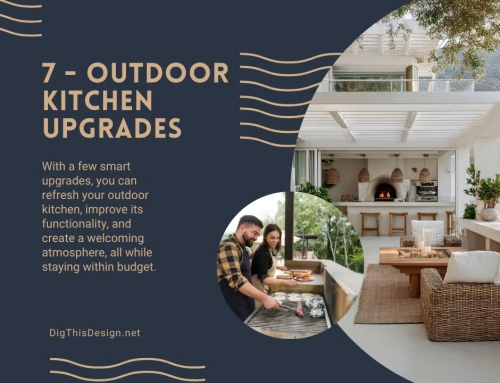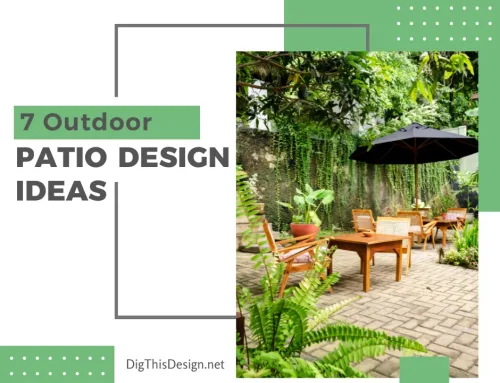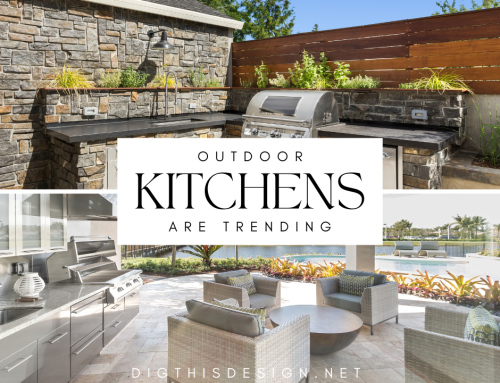It’s summertime and time to tend to your home garden, not only making it lovely to look at but delicious to cook and share. We have 6 steps here today to help you keep your garden fresh, beautiful, and delicious!
Eating a tomato fresh out of the garden is one of the best things in life. And if it’s a tomato you grew yourself, well then that’s a small slice of heaven, isn’t it? Besides, admit it – you still like playing in the dirt. Me too. And of course there’s the money saving aspect of growing your own food, as well as the therapeutic value.
Some have their retail therapy, I have my watering my plants and pulling weeds therapy. Whatever your reason for wanting to plant a vegetable garden, there are a few things to consider before getting down and dirty.

Where to Plant
Veggies need full sun, and according to Davesgarden.com, east facing is best. You’ll also want to be sure the soil is good, there’s an easily accessible water source, and the garden’s close enough that you’ll actually visit it.
What to Plant, and When.
Depending on where you live, you may be able to grow year round or you may have a relatively short growing season. Things like herbs grow quickly, while pumpkins need more time. There’s also frost and cold weather snaps to think about. Some plants are ok with a light frost and an occasional cold night so are good to plant early. Others not so much. Later is better.
Positioning or Lay-Out
One of the best pieces of advice I received when I first started to experiment with planting things was to be sure I left enough room between plants to be able to get in and pull those weeds. Rows are good, but I like to separate my garden into squares with enough space between them to discourage weeds from jumping from one square to another. This also allows for a comfortable space to walk and maneuver, and for me, some visual interest.
Companion Planting
Have you ever heard of “the three sisters?” Long before we were trying to figure out how to grow container gardens, Native Americans were planting corn, beans, and squash together because each benefits the other. The corn provides something for the beans to climb, the beans provide needed nitrogen to the soil, and the squash spreads leaves that block sunlight and inhibit weed growth.
This doesn’t mean that you should necessarily plant those three, but if your ground is less than perfect, adding a legume of some sort will help add nitrogen to it. There are also plants that are natural insect repellants and some that will keep the deer away if they tend to be a problem. Local college agricultural extensions are great resources regarding companion planting, and believe it or not Home Depot has some interesting information as well.
The Visual Garden
Back to the visual interest aspect for a moment. Vegetable plants make for an interesting and truly unique landscape addition. If you’re interested in not only growing your food but landscaping your yard as well, planting according to when they flower so that something’s always blooming is something to think about. So, decide whether you like a controlled look or a toss the seeds anywhere and wait to see what comes up look.
There’s lots to think about when planning your garden. What you’ll want to eat, when and where those things will grow best, what plants will benefit each other, and what it will look like as it grows and blooms. But don’t let that scare you. Experiment.
Want a beautiful shady ground cover that’s edible as well? Then, look to Fiddlehead Ferns which are both beautiful and delicious. Wild blueberries are also a great, edible ground cover. If you’re really brave and want to wander into the world of herbs, sage and thyme smell amazing when you step on them, and of course have many uses.
But regardless of how you decide to lay out your garden, have fun and don’t forget to wonder at the miracles that sprout. Because really, that’s what it’s all about, isn’t it? Well, that and playing in the dirt.
Written by Tricia Doane, FizzNiche Staff Writer
Images Courtesy of Canva.





